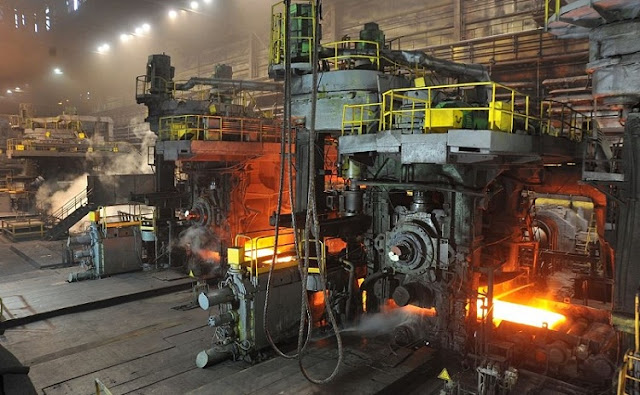Continuous Rolling Mill
The main working principle of continuous rolling mill is that when the billet is heated and discharged from the furnace, the oxidized iron sheet is removed by high-pressure water, and then the billet is processed in a four-roll reversible roughing mill. Finally, the intermediate billet which we need and suitable for continuous rolling mill is rolled. In the process of billet opening, the vertical roll can effectively ensure the precise width of the steel plate and the intermediate billet. After shearing, it will directly enter the continuous rolling mill to wait for processing and can be rolled to the specifications required by customers at one time. After rolling, the coiler will take up the coil. In the process of rolling, the roughing and finishing mill needs high-pressure water for secondary dephosphorization.
Introduction of Four-roll Continuous Rolling Mill:
Main Uses: This kind of mill is a one-way and irreversible four-high cold rolling mill. It is mainly used for rolling stainless steel, aluminum, carbon steel, copper and zinc, and other metals.
Main Features and Structures: The main components of this rolling mill are reducer, motor, universal joint shaft, human gearbox, stand, pressing part, electronic control cabinet, and roll system. The roll system uses special bearings for continuous rolling mill. The material of roll is 9Cr2Mo. If it is a large mill bearing base, it will also have a roll changing device.




















